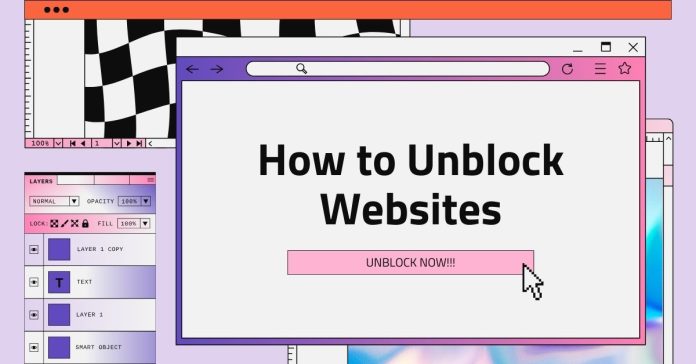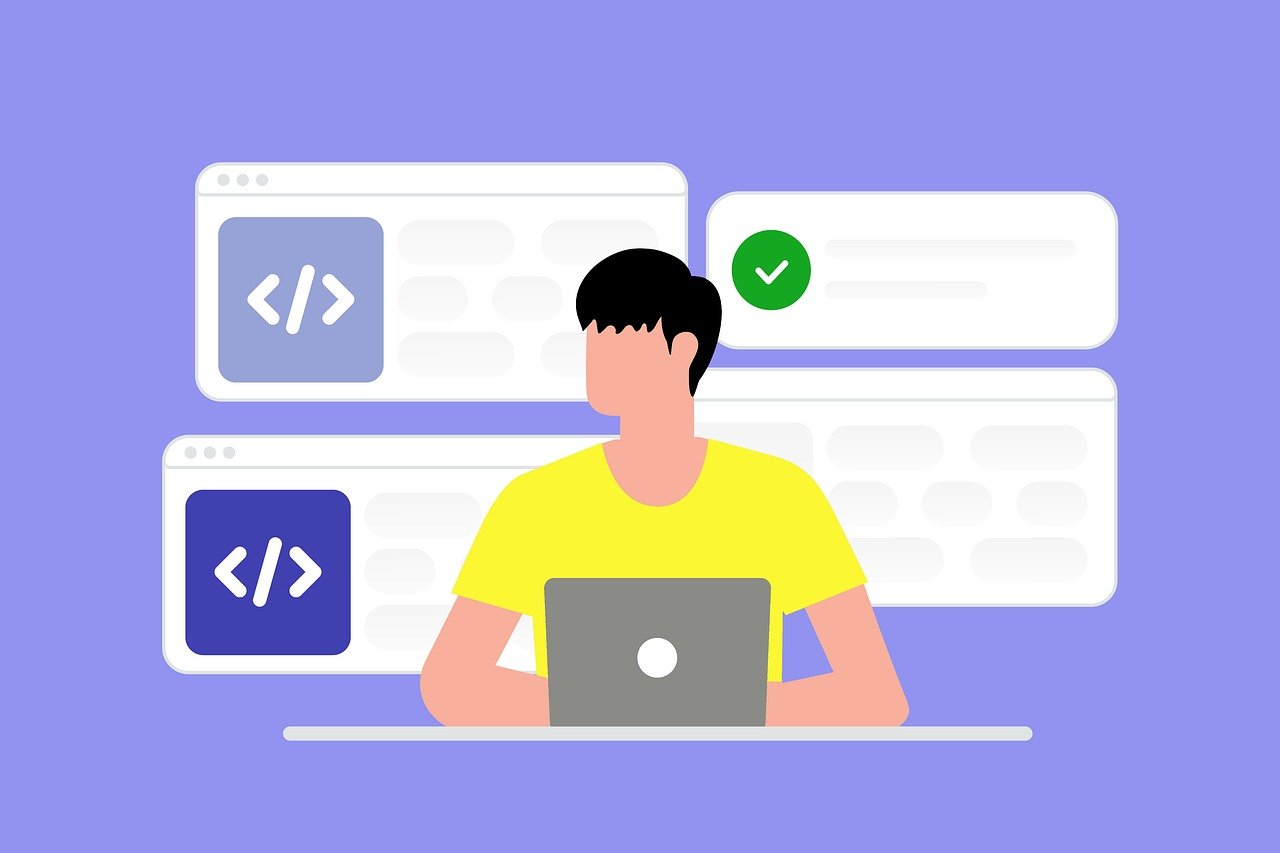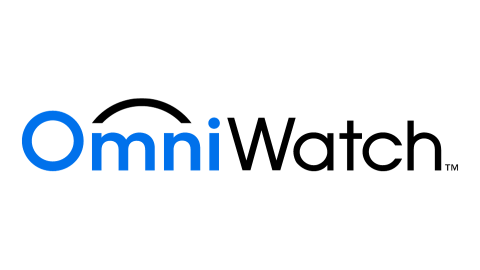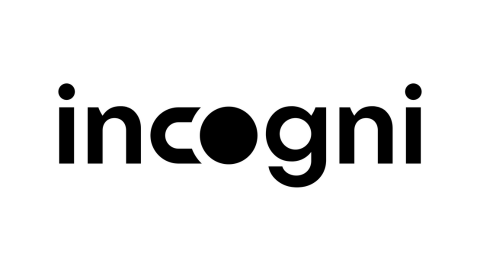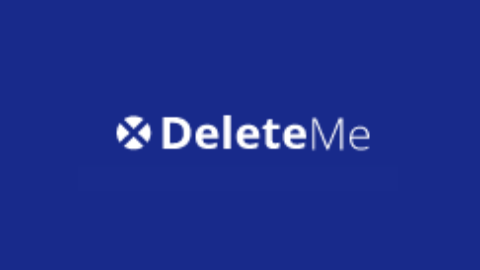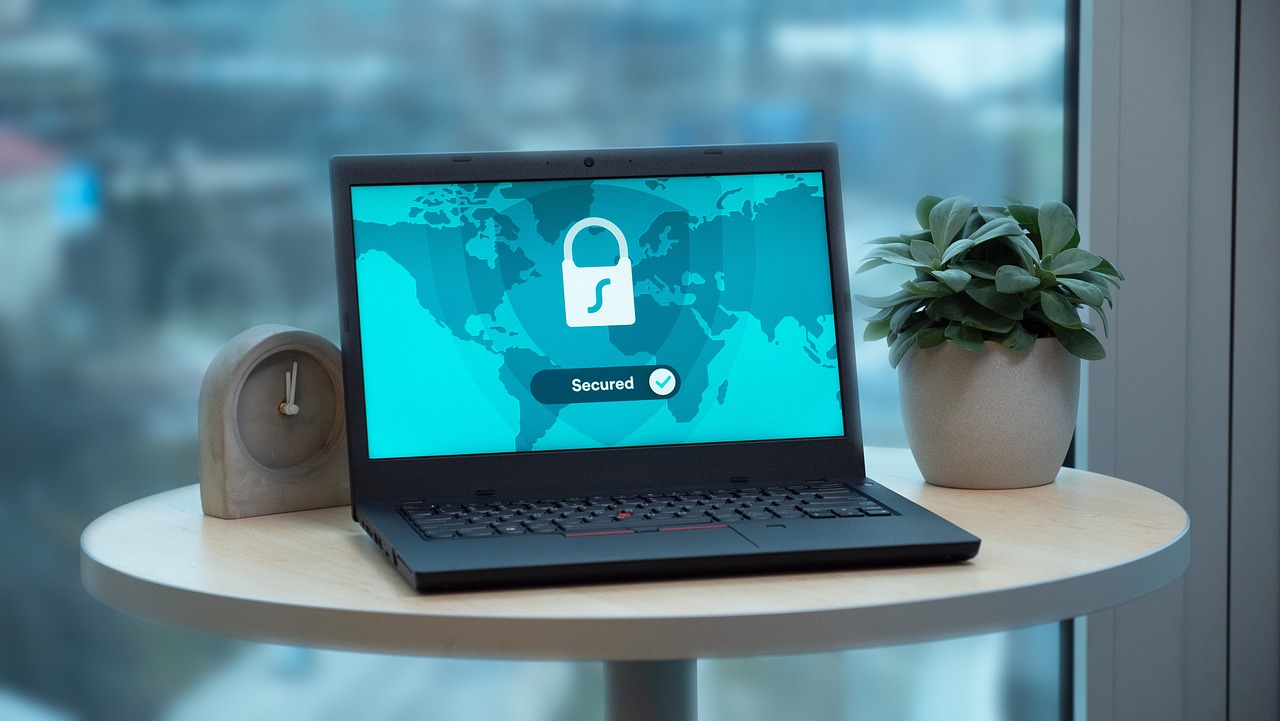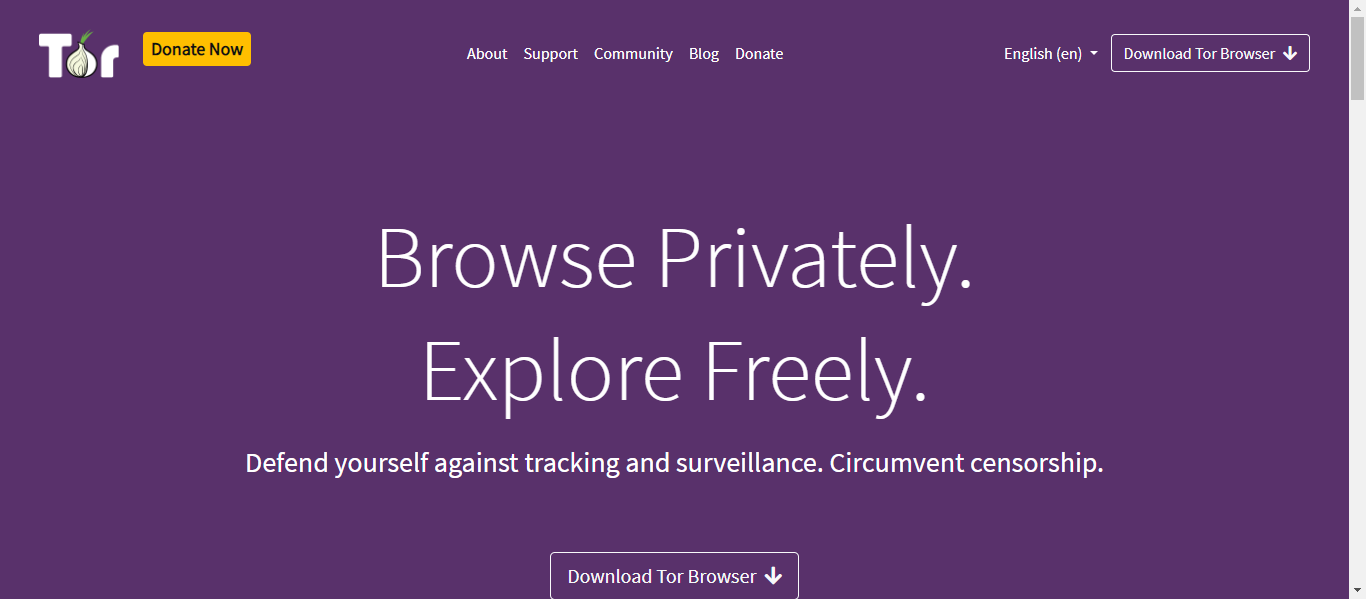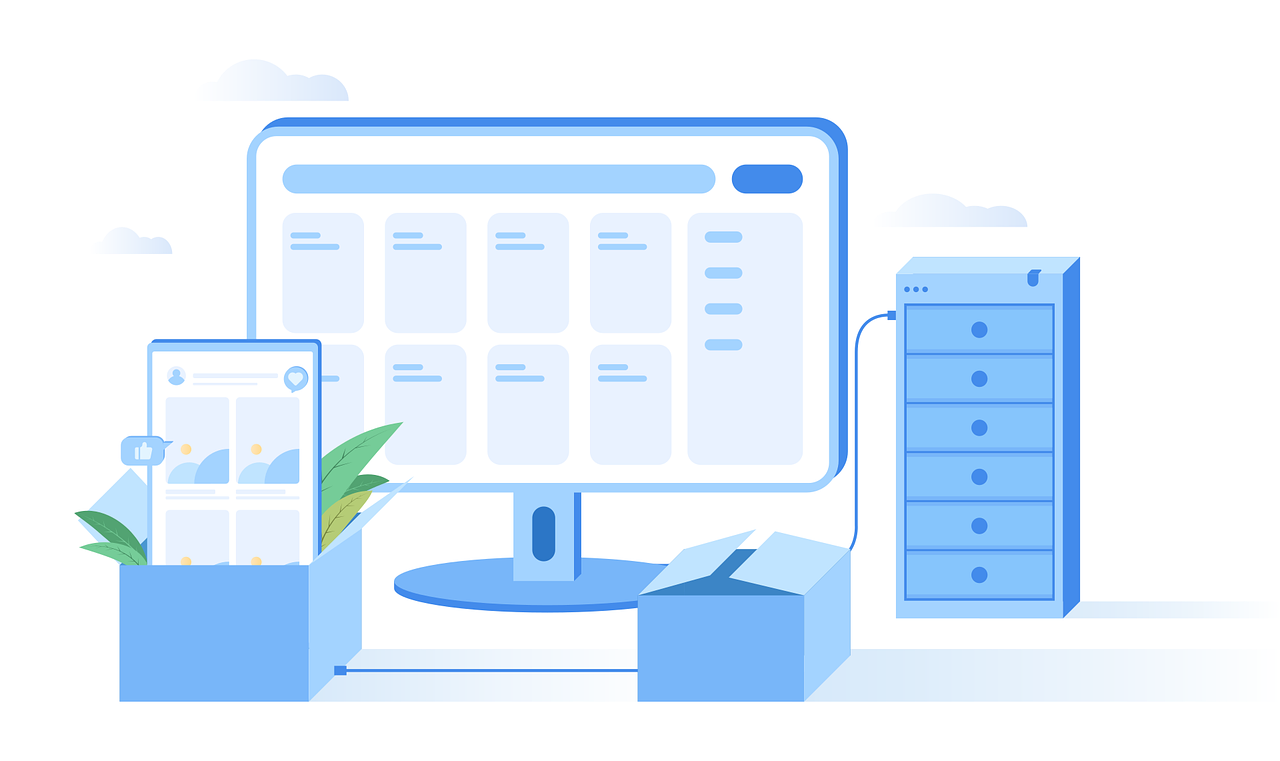In this post, you will learn how to unblock websites on your school, work, or home computer.
The Internet is vital for education, work, and personal entertainment in today’s interconnected world. However, many schools, workplaces, and even home networks implement restrictions that block access to specific websites.
While these restrictions can be essential for maintaining productivity and ensuring security, they can also be overly restrictive and impede legitimate use.
This article will explore various methods for unblocking school, work, or home computer websites, emphasizing ethical considerations and legal compliance.
Table of Contents
Understanding Website Blocking
Types of Website Blocking
Website blocking can occur at various levels and through different methods, including:
- Network-Level Blocking: Implemented by internet service providers (ISPs) or network administrators, often using firewalls or DNS filtering.
- Device-Level Blocking: Applied directly on the computer or mobile device, typically through parental control software or operating system settings.
- Browser-Level Blocking: Enforced via browser settings or extensions designed to restrict access to specific sites.
Reasons for Blocking Websites
The motivations behind blocking websites can be diverse:
- Educational Institutions: Schools often block social media, gaming sites, and other distractions to promote a focused learning environment.
- Workplaces: Employers may restrict access to non-work-related sites to maintain productivity and prevent security risks.
- Home Networks: Parents might block inappropriate content to protect their children.
Legal and Ethical Considerations
Before attempting to bypass website restrictions, it’s crucial to understand the legal and ethical implications:
- Compliance with Policies: Always review and respect the internet usage policies of your school, workplace, or ISP.
- Potential Consequences: Unauthorized access can lead to disciplinary action, loss of network privileges, or legal repercussions.
- Ethical Use: Ensure your intentions for unblocking websites are legitimate and reasonable.
TOP Identity Protection Services
While unblocking websites can provide access to desired content, it’s important to consider protecting your online identity and personal information. Here are some recommended identity protection services to consider using alongside website unblocking methods:
OmniWatch
Monitors your personal information across the web and dark web, alerting you to potential identity theft or fraud. Offers credit monitoring and identity restoration assistance.
Incogni
Automates the process of requesting data brokers and people search sites to remove your personal information. It helps reduce your digital footprint and online exposure.
DeleteMe
Removes your personal information from public databases and people search websites. Provides ongoing monitoring and removal to keep your data private.
Using these services with website unblocking techniques can help maintain your privacy and security online. However, always follow your organization’s acceptable use policies when accessing content on school or work networks.
Methods to Unblock Websites
Method #1: Using a VPN (Virtual Private Network)
A VPN is one of the most effective methods to unblock websites. It routes your internet traffic through a remote server, masking your IP address and encrypting your data. Here’s how to use a VPN:
- Choose a VPN Provider: Select a reputable VPN service that offers robust security features and a wide range of server locations.
- Install the VPN Software: Download and install the VPN client on your device.
- Connect to a Server: Launch the VPN and connect to a server in a location where the website is not blocked.
- Access the Website: With your traffic routed through the VPN, you should be able to access the previously blocked website.
Method #2: Proxy Servers
Another method to unblock websites is to use proxies. Proxy servers act as intermediaries between your device and the internet, allowing you to bypass restrictions.
There are different types of proxy servers, including:
- HTTP Proxies: Ideal for accessing web pages.
- SOCKS Proxies: Suitable for various traffic types, including email and FTP.
To use a proxy server:
- Find a Reliable Proxy: Search for a trustworthy proxy service online.
- Configure Your Browser: Enter the proxy server’s IP address and port number in your browser’s network settings.
- Browse the Internet: Your requests will be routed through the proxy, enabling access to blocked sites.
Method #3: Tor Browser
The Tor Browser allows anonymous browsing by routing traffic through multiple servers (nodes). This makes it challenging to track your activity or block specific sites.
To use Tor to unblock websites:
- Download and Install Tor: Visit the official Tor Project website and download the browser.
- Launch Tor: Open the Tor Browser, which automatically connects to the Tor network.
- Navigate to Websites: Use Tor to browse the internet anonymously and access blocked websites.
Method #4: DNS Servers
Domain Name System (DNS) servers translate domain names into IP addresses. Sometimes, changing your DNS server can bypass restrictions. Popular DNS services include Google Public DNS and OpenDNS.
To change your DNS settings:
- Access Network Settings: Open your network settings on your device.
- Modify DNS Settings: Replace your current DNS server addresses with those of a public DNS service.
- Save Changes: Apply the new settings and restart your device if necessary.
Method #5: Browser Extensions
Specific browser extensions can help you unblock websites. Extensions like Hola, ZenMate, and TunnelBear can be added to browsers like Chrome or Firefox to provide quick access to blocked sites.
Here’s how:
- Install the Extension: Search for the extension in your browser’s store and add it.
- Activate the Extension: Enable the extension and configure any necessary settings.
- Browse Freely: Use your browser with the extension active to access blocked websites.
Technical Approaches
Changing Network Proxy Settings
If your network is configured to use a specific proxy, you might be able to bypass restrictions by altering these settings.
- Access Proxy Settings: Open your device’s network settings.
- Disable the Proxy: Turn off the proxy or change the proxy address to unrestricted one.
- Browse Without Restrictions: Access the internet without the enforced proxy.
Using IP Addresses Instead of URLs
Sometimes, network filters block websites based on their domain names. Accessing the site via its IP address can bypass such restrictions.
Here’s how:
- Find the IP Address: Use a tool like ping or online services to determine the IP address of the blocked website.
- Enter the IP Address in Your Browser: Type the IP address directly into your browser’s address bar.
- Access the Site: If the IP address is not blocked, you should be able to reach the website.
Editing the Hosts File
The hosts file on your computer maps domain names to IP addresses. By modifying this file, you can bypass DNS-based restrictions.
- Locate the Hosts File: Find the hosts file on your operating system (e.g., C:\Windows\System32\drivers\etc\hosts for Windows).
- Open with Administrator Privileges: Use a text editor with administrator rights to open the file.
- Add Website Entries: Map the blocked domain to its IP address by adding a new line (e.g., 192.168.1.1 www.blockedwebsite.com).
- Save and Restart: Save the file and restart your computer to apply the changes.
Mobile Hotspots
Using a mobile hotspot from your phone can bypass network restrictions imposed by your school or workplace.
- Enable Hotspot on Your Phone: Turn on the mobile hotspot feature.
- Connect Your Computer: Connect your computer to the mobile hotspot.
- Access Blocked Websites: Browse the internet using your mobile data connection, which is not subject to the same restrictions.
Platform-Specific Solutions
Windows
On Windows computers, several methods can help you unblock websites:
- Use a VPN: Install a VPN client and connect to a remote server.
- Change DNS Settings: Modify DNS settings in the network adapter properties.
- Edit the Hosts File: Adjust the hosts file to bypass DNS restrictions.
- Use Command Prompt: Run commands like ipconfig /flushdns to refresh DNS settings.
macOS
For Mac users, unblocking websites involves similar techniques:
- VPN Services: Install and configure a VPN.
- DNS Changes: Update DNS settings in the network preferences.
- Hosts File: Edit the /etc/hosts file with administrator rights.
- Terminal Commands: Use commands like sudo dscacheutil -flushcache to clear DNS caches.
Linux
Linux users can leverage open-source tools and settings:
- VPN Configuration: Use open-source VPN clients like OpenVPN.
- DNS Configuration: Edit /etc/resolv.conf to change DNS servers.
- Hosts File: Modify the /etc/hosts file to override DNS.
- Network Tools: Utilize tools like curl and wget for direct access via IP.
Mobile Devices
For mobile devices, methods vary by operating system:
- Android:
- Use VPN apps available on the Play Store.
- Change DNS settings in Wi-Fi settings.
- Utilize proxy settings in the advanced network options.
- iOS:
- Install VPN apps from the App Store.
- Change DNS settings in the Wi-Fi settings.
- Use configuration profiles for advanced settings.
Preventive Measures and Security
Risks of Unblocking Websites
While unblocking websites can restore access to needed resources, it carries certain risks:
- Security Threats: Unblocking websites can expose your device to malware and phishing attacks.
- Privacy Concerns: Using third-party services like proxies and VPNs can compromise your privacy if not chosen carefully.
- Policy Violations: Bypassing network restrictions may violate institutional policies, leading to penalties.
Protecting Your Data and Privacy
To mitigate these risks, follow these guidelines:
- Use Reputable Services: Choose trusted VPN and proxy providers with strong privacy policies.
- Enable Security Features: Activate security features like firewalls and antivirus software.
- Stay Informed: Keep abreast of potential security threats and safe browsing practices.
Recognizing and Avoiding Malicious Websites
When unblocking websites, it’s crucial to distinguish between safe and malicious sites:
- Check URLs: Verify the legitimacy of URLs before clicking.
- Look for HTTPS: Ensure the website uses HTTPS to secure data transmission.
- Avoid Suspicious Links: Avoid clicking on untrusted links, especially in emails and ads.
Conclusion
Unblocking websites on school, work, or home computers can be achieved through various methods, including VPNs, proxies, and DNS changes.
Each method has advantages and potential risks, and it’s essential to consider the legal and ethical implications before proceeding.
By following the outlined strategies to unblock websites adhere to best practices for security and privacy, you can safely and effectively regain access to the internet resources you need.
In conclusion, unblocking websites requires balancing accessing necessary information and respecting the rules and policies in place.
Whether you are a student seeking educational resources, an employee needing work-related sites, or a home user aiming to bypass unnecessary restrictions, the methods discussed in this article provide comprehensive solutions to navigate internet censorship responsibly.
INTERESTING POSTS
About the Author:
Gina Lynch is a VPN expert and online privacy advocate who stands for the right to online freedom. She is highly knowledgeable in the field of cybersecurity, with years of experience in researching and writing about the topic. Gina is a strong advocate of digital privacy and strives to educate the public on the importance of keeping their data secure and private. She has become a trusted expert in the field and continues to share her knowledge and advice to help others protect their online identities.


